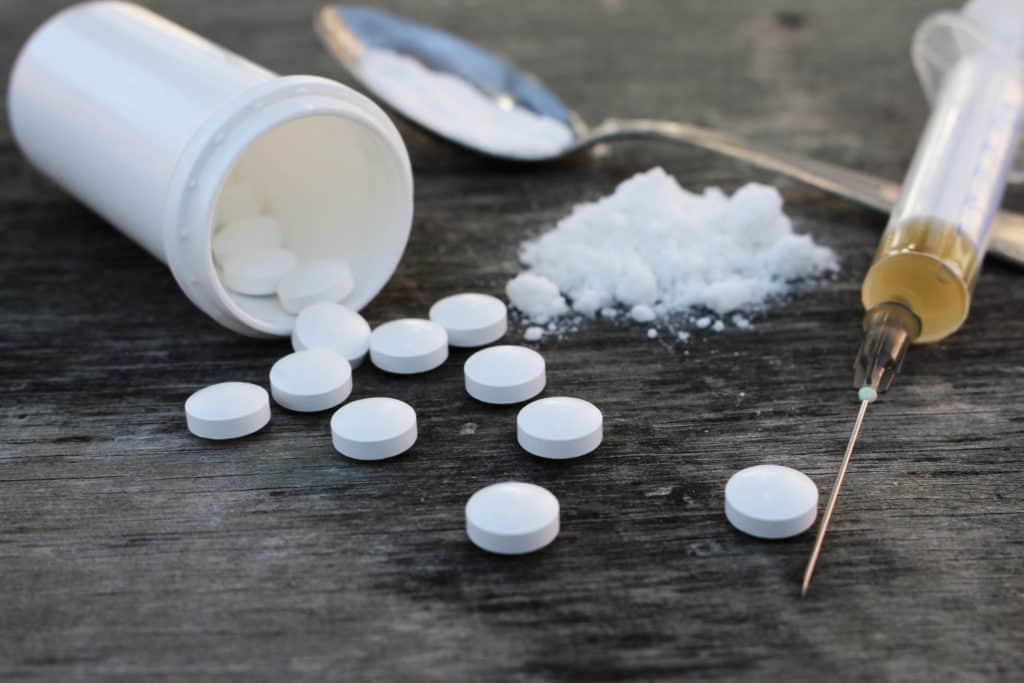It Is Very Difficult For Americans Who Are Addicted To Opioids To Get Help
Nikki Attkisson | Last Updated : May 15, 2021According to a recent survey, addicted patients in parts of the United States where drug addiction clinics are scarce often found it almost difficult to get care. This report on the same was published in the journal PLOS ONE online on 12 May.
It Is Very Difficult For Americans Who Are Addicted To Opioids To Get Help
Opioids, also known as narcotics, are pain relievers used by physicians to alleviate chronic or extreme pain. Those with recurring headaches and backaches, patients suffering from surgery or suffering extreme pain associated with cancer, and adults and kids who have been severely injured in crashes, car accidents, or other injuries will all benefit from them.

Furthermore, the body may become reliant. Opioid use results in withdrawal effects, making it impossible to avoid using drugs. When dependency becomes a problem in one’s everyday life, it is called addiction. Taking more than the recommended dose or abusing illicit opioids like heroin will lead to death. In a university press release, Hyder said, “We noticed vast swaths of the nation where people suffered an overdose but had no local alternative for treatment.”
“The study established clear opioid addiction deserts that obstruct access to necessary treatment and thus are expected to occur around the nation and the state. Treatment centers should set up shop in these areas; we require a flood of funding in these areas “AyazHyder, an assistant professor at Ohio State University’s College of Public Health, the lead researcher on the project.
Researchers used evidence from emergency service providers in Franklin County, Ohio, from 2013 to 2017. In the year 2017, Ohio held the nation’s second-highest rate of opioid overdose mortality, with 46 deaths out of 100,000 residents, and half of the deaths due to drug overdose are related to prescription drugs.
Victims were given the opioid drug naloxone during almost 7,000 EMS runs, according to the researchers. They then compared the run positions to the path or/and time it would take to get to the nearest recovery facility that offered medication-assisted therapy, such as buprenorphine or methadone.
If a service was a km or more distant (about 2 minutes away by car) or more than 30 minutes away by public transit, the area was classified as a desert. According to previous studies, where the care provider is more than just a mile away, the risk of anyone being in rehabilitation for the whole period decreases by as much as 50%.
By car, it took two minutes to get to a hub, while public transportation took 17 minutes. However, it was normal for things to take longer. Whites have had faster travel times to the middle than Blacks.
Gretchen Hammond, an Ohio State University professor in the College of Social Work, said, “It is inconvenient to have to travel long distances to access essential resources. We always forget about travel speed and location. We assume that everything is available since that’s on the bus side.
Not with a 1.5-hour one-way bus ride.” The researchers needed to know about how much care could be reached by vehicle, and also by public transit, which many people in rehabilitation use. Hyder also reflected and accepted that we need to make treatment more equal, and we require to solve the accessibility issue.
With over 15 years as a practicing journalist, Nikki Attkisson found herself at Powdersville Post now after working at several other publications. She is an award-winning journalist with an entrepreneurial spirit and worked as a journalist covering technology, innovation, environmental issues, politics, health etc. Nikki Attkisson has also worked on product development, content strategy, and editorial management for numerous media companies. She began her career at local news stations and worked as a reporter in national newspapers.
